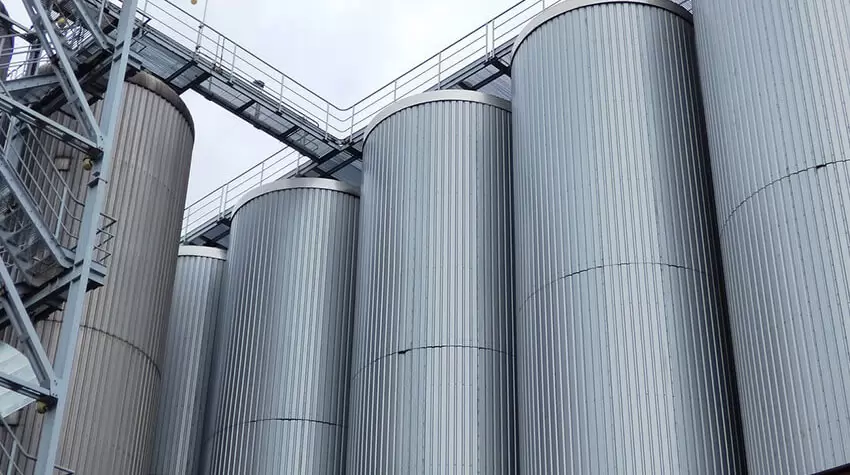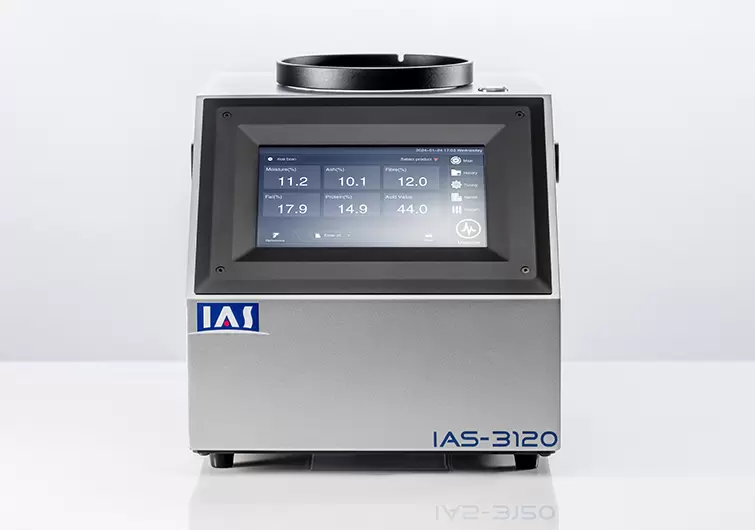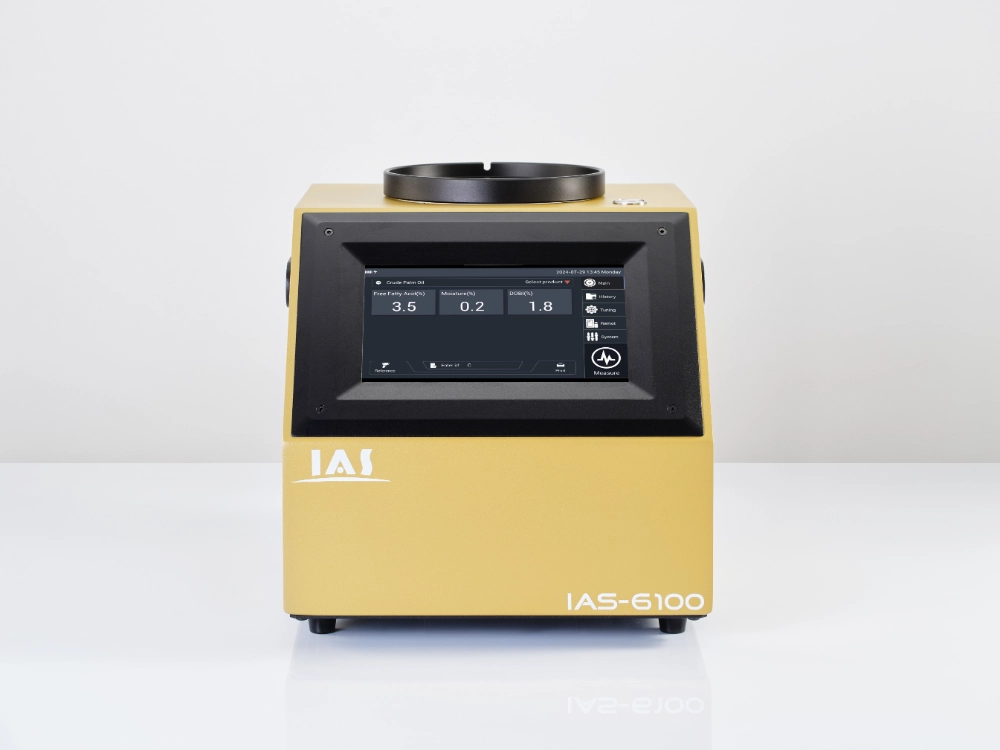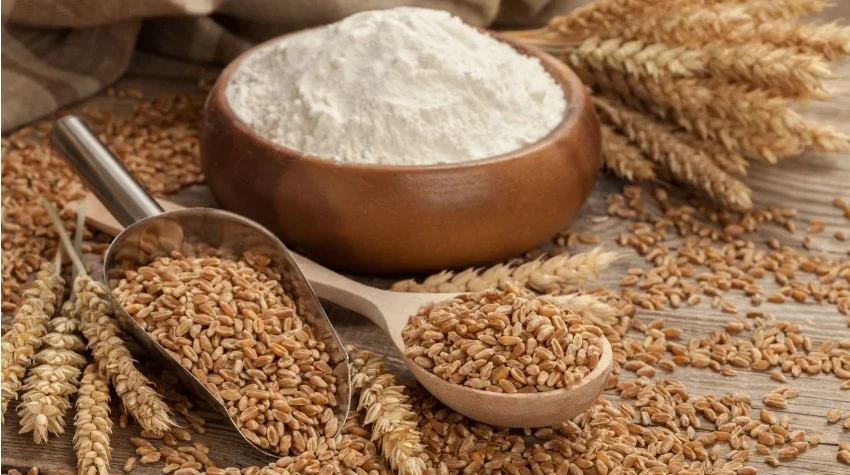High Precision Protein Analysis Equipment: Achieving Precise Quantification of Agricultural Proteins
In the ever-evolving landscape of agricultural science, the demand for high-precision protein analysis equipment has never been more critical. As the global population continues to grow, the need for sustainable agricultural practices and enhanced food security becomes increasingly paramount. One of the key players in this field is IAS ANALYSIS, which has made significant strides in developing innovative solutions, such as the IAS NIR analyzers, to facilitate accurate protein quantification in agricultural products.
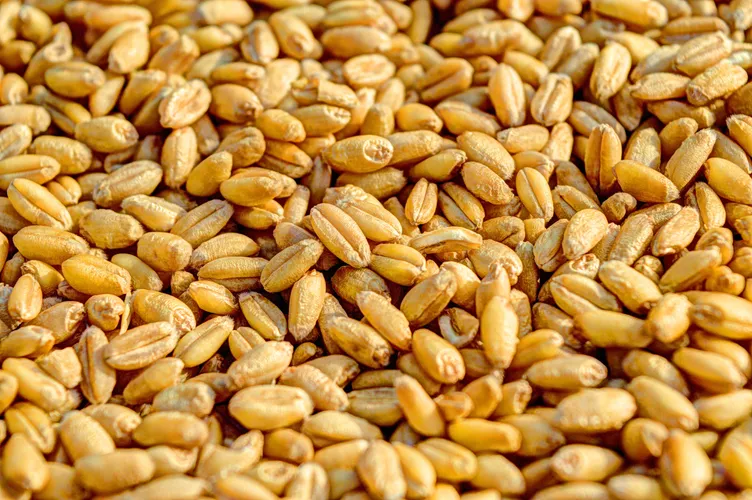
The Importance of Protein Analysis in Agriculture
Proteins are essential macromolecules that play a vital role in the growth and development of both plants and animals. In agriculture, the quantification of proteins is crucial for several reasons:
Nutritional Quality: Understanding the protein content in crops helps farmers and food producers ensure that their products meet nutritional standards. This is particularly important for staple crops that form the foundation of diets in many regions.
Crop Breeding: Protein analysis is essential in the breeding of crops with enhanced nutritional profiles. By selecting for higher protein content, breeders can develop varieties that contribute to better health outcomes.
Feed Formulation: For livestock producers, knowing the protein content of feed ingredients is critical for formulating balanced diets that promote optimal growth and productivity.
Quality Control: In the food industry, maintaining consistent protein levels is vital for product quality and consumer satisfaction. Accurate protein analysis helps manufacturers adhere to regulatory standards and consumer expectations.
What are IAS NIR Analyzers?
IAS NIR analyzers utilize Near-Infrared (NIR) spectroscopy, a non-destructive analytical technique that measures the absorbance of near-infrared light by a sample. This method is particularly effective for analyzing organic compounds, including proteins, carbohydrates, and fats. The key advantages of IAS NIR analyzers include:
Speed and Efficiency: Traditional protein analysis methods, such as the Kjeldahl or Lowry assays, can be time-consuming and require extensive sample preparation. In contrast, NIR spectroscopy provides rapid results, allowing for real-time monitoring of protein content.
Non-Destructive Testing: NIR analyzers preserve the integrity of samples, making them ideal for quality control in food production and agricultural research. This feature allows for the preservation of samples for further analysis or use.
High Precision and Accuracy: IAS NIR analyzers are designed to deliver high precision in protein quantification. By employing advanced calibration techniques and algorithms, these analyzers can provide reliable results that meet the stringent requirements of the agricultural industry.
Versatility: The IAS NIR analyzers can be used for a wide range of agricultural products, including grains, oilseeds, and animal feeds. This versatility makes them an invaluable tool for farmers, food producers, and researchers alike.
Applications of IAS NIR Analyzers in Protein Analysis
The applications of IAS NIR analyzers in protein analysis are vast and varied. Here are some key areas where these analyzers are making a significant impact:
Grain Quality Assessment: Farmers and grain handlers can utilize the IAS NIR analyzers to assess the protein content of grains such as wheat, barley, and corn. This information is essential for determining market value and ensuring that products meet quality standards.
Oilseed Analysis: In the oilseed industry, protein content is a critical factor in determining the quality of products like soybeans and canola. IAS NIR analyzers enable producers to quickly assess protein levels, facilitating better decision-making in processing and marketing.
Animal Feed Formulation: Livestock producers can utilize IAS NIR analyzers to analyze the protein content of various feed ingredients. This information allows for the formulation of balanced diets that optimize animal health and productivity.
Research and Development: Agricultural researchers can leverage IAS NIR analyzers to study the protein profiles of different crop varieties. This data can inform breeding programs aimed at developing crops with enhanced nutritional content.
The Future of Protein Analysis in Agriculture
As the agricultural sector continues to face challenges such as climate change, resource scarcity, and the need for sustainable practices, the role of high-precision protein analysis equipment will only become more critical. IAS ANALYSIS is at the forefront of this movement, providing innovative solutions that enable farmers, food producers, and researchers to make informed decisions based on accurate data.
Advancements in Technology
The future of protein analysis will likely see further advancements in technology, including:
Integration with Artificial Intelligence: The incorporation of AI and machine learning algorithms into NIR analysis could enhance the accuracy and speed of protein quantification. By analyzing large datasets, these technologies can improve calibration models and predictive capabilities.
Field Deployable Analyzers: The development of portable NIR analyzers will enable on-site protein analysis in the field. This capability will allow farmers to make real-time decisions regarding crop management and harvesting.
Enhanced Calibration Techniques: Ongoing research into calibration methods will improve the reliability of NIR analysis across diverse agricultural products. This will ensure that IAS NIR analyzers can deliver consistent results, regardless of the sample type.
Sustainability Focus: As sustainability becomes a central theme in agriculture, high-precision protein analysis equipment will play a crucial role in promoting practices that reduce waste and optimize resource use.
Conclusion
High-precision protein analysis equipment, particularly the IAS NIR analyzers developed by IAS ANALYSIS, is transforming the agricultural landscape. By providing rapid, accurate, and non-destructive protein quantification, these analyzers enable stakeholders across the agricultural value chain to make informed decisions that enhance food quality, safety, and sustainability. As technology continues to advance, the future of protein analysis in agriculture looks promising, paving the way for a more secure and sustainable food system.

